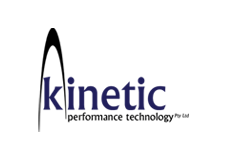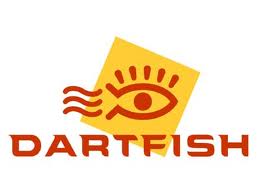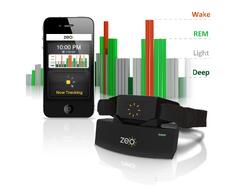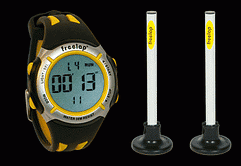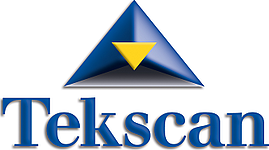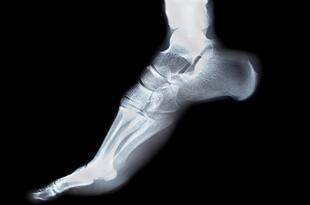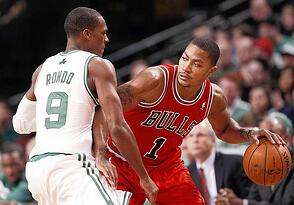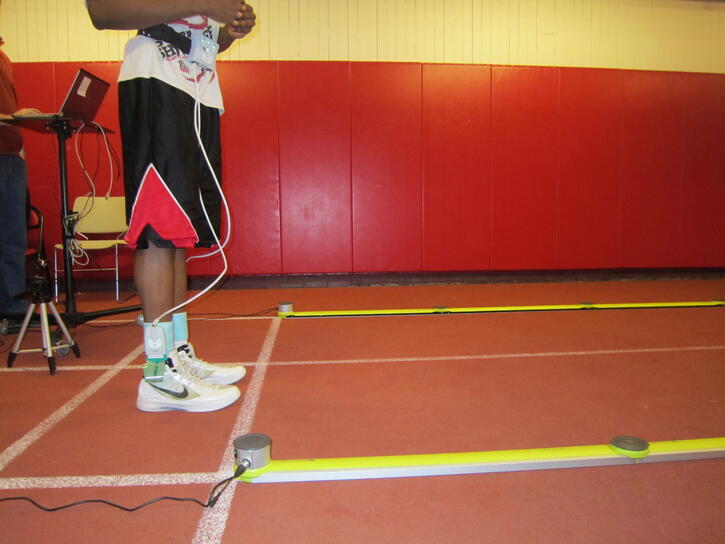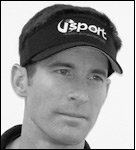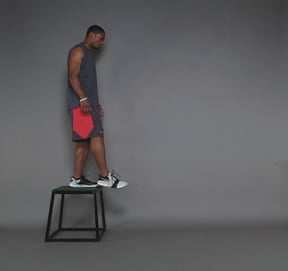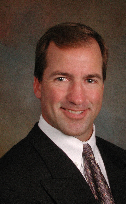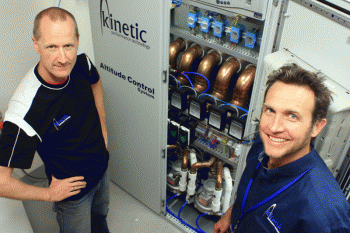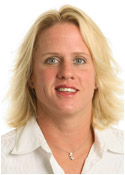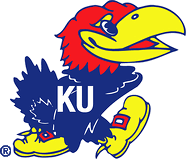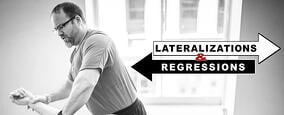Take a sneak peek into Bruce Williams' presentation, New Concepts in Foot Function & Gait Analysis Assessments & Treatments, at the 2012 BSMPG Summer Seminar.
Space is still available - Register today before the last seats are gone!
Most athletes and coaches think podiatrist means someone who makes orthotics, could you dispel that myth and talk about the holistic approach with foot care and how you even work with injuries in the low back? Many don't understand your profession deals with biomechanics, surgery, and even manual therapy.
Podiatry is a very interesting profession. Surgery is really the highlight of what Podiatrists do and are trained to do at the present time. All Podiatrists receive about a year of biomechanics while in school. They are all trained to cast for orthotics and write prescriptions as well. Some podiatrists utilize manual therapy in their practice, but probably less than 5%.
In my practice I figured out very quickly my orthotic outcomes were not what I wanted them to be. I set out to understand how I could do a better job for my patients and that lead me down a very interesting path of self- education. I found a mentor to assist me in the use of in-shoe pressure and video capture technology. He also happened to expose me to the use of manual therapy in the foot and ankle. The use of the technology and the therapy really opened my eyes to what I was missing in practice. The use of the quantitative data from the in-shoe pressure really exposed me to the way the foot will function and react to a shoe and to an OTC or custom foot orthosis. This has helped me to realize my limitations in practice while also allowing me to move past most of my peers in the understanding of the foot’s importance in walking, and athletic gait.
Most of my sports medicine podiatry peers are great collaborators with physical therapists, strength and conditioning coaches, athletic trainers and massage therapists. We all realize that we are just a piece of the puzzle in the process of enabling our athletes to compete at their highest levels.
Barefoot training and minimalist shoes seem all the rage right now, can you share some objective pros and cons to what athletes may benefit and risk wise when diving into this territory?
Barefoot is the thing right now, just as toning / rocker bottom shoes were a few years back. In moderation and in certain specific situations I see benefit for patients and athletes from both types of shoes. The biggest problem I have with the minimalist / barefoot shoe debate is that there is very little proof that doing workouts barefoot will have the amazing results that so many people say they have had.
I use a lot of technology to quantitate my outcomes, good or bad. I would appreciate it if others would utilize similar technology to do the same. Enthusiasm is wonderful, but there is a need to realize when something is not working the way we hoped it would and realize a different take is needed to get a successful outcome. I have seen a lot of people chasing rainbows the last few years and it confuses me. I appreciate the capacity of strength and conditioning to improve outcomes for athletes, but, there are limitations to what can be achieved and maintained. I see the limitations daily with what I do and I try to refer to P.T. and strength coaches to assist my patients and athletes to achieve an overall better outcome.
I am regularly amazed that so many in the sports industry seem very anti-foot. I’m not really sure why this is, but my suspicion is that every podiatrist and many P.T.’s will put patients and athletes in an orthotic and often they do not work. Podiatrists are very bad about this and often don’t have a specific reasoning or a plan for why they chose to use their devices. I have a very specific reasoning pattern and evaluation process for doing what I do for my patients. I really try to have a method to my madness. I have a very good success rate, but not perfect by any means. I am always looking for a new way to improve my outcomes whether it is through a new modification to a device, a new mobilization technique or through partnering with a better team of sports minded individuals so that we can all work together to benefit our athletes.
When the foot hits the ground a complex reaction of joints, muscles, and neurological responses happen. Could you share your approach with both technology and experience when working with athletes?
I use F-Scan in-shoe pressure and Dartfish as well as another older video capture technology. I am starting to experiment with wireless emg and a nodular motion capture technology. In-shoe pressure can give you a tremendous amount of insight into how an athlete’s foot and lower extremity functions. There are however limitations to what the data can indicate. This is why I use video capture and why I’m experimenting with the nodular motion capture. It is important to know what the position of the hips, knees and lower extremity in general are doing for each step. Relating this to the trunk position can give you insight as well. Once you have enough gait data from the trunk on down, then you can really start to incorporate a plan for the athlete from the ground up. As you track going forward you should see what is working and what is not.
Wearable technology is being used now and will be utilized even more in the near future. It is important to start to work with this technology or to partner with those who do use it regularly. There are great benefits to quantifying evaluations and using wearable tech to validate plans of interventions is going to become the gold standard as we move forward.
You are familiar with different screens such as the FMS and traditional orthopedic assessments. Could you share your perspective on how some additional information from your methodology can help athletes reduce injuries?
FMS is a great screening tool and can give you quite a bit of information to help practitioners to formulate a plan for an athlete’s rehab or for their regular conditioning.
I have a basic screening tool that can assist or expand on the FMS as far as for evaluating the foot, ankle and lower extremity. If you can gain a better understanding of how the foot is structured and functions then you can start to get a much better understanding of how your interventional plans will work and whether you can expect realistic improvement.
I like to use a basic scale to discern the structure and stiffness of the foot along the medial and lateral columns. It is good to know the standing heel position of the foot, if there is any limb length difference left to right, and also the available range of motion of the big toe joints and the ankle joint. Just having these few basic points of information can start to give insight to why an athlete may be prone to stress fractures of the metatarsals, chronic ankle sprains, and even if they may be prone to knee injuries. Adding ranges of motion of the hips, and knees in static and walking gait can multiply your available knowledge base even more.
There are reasons and patterns for why some athletes get injured and why some do not. Quantifying as much of the structural components of the foot and lower extremity function is the best way to start to identify those patterns.
** interview courtesy of Carl Valle





